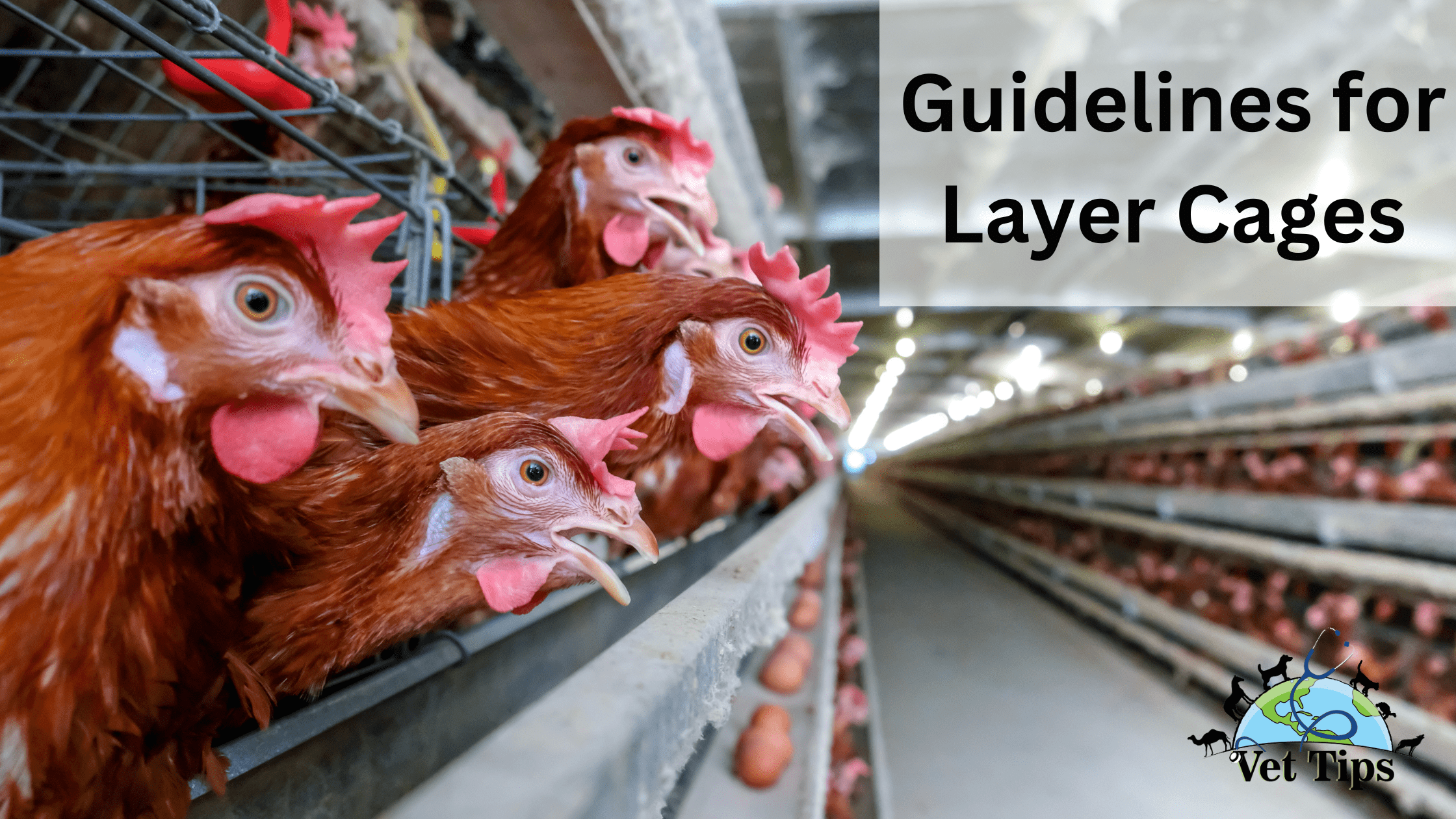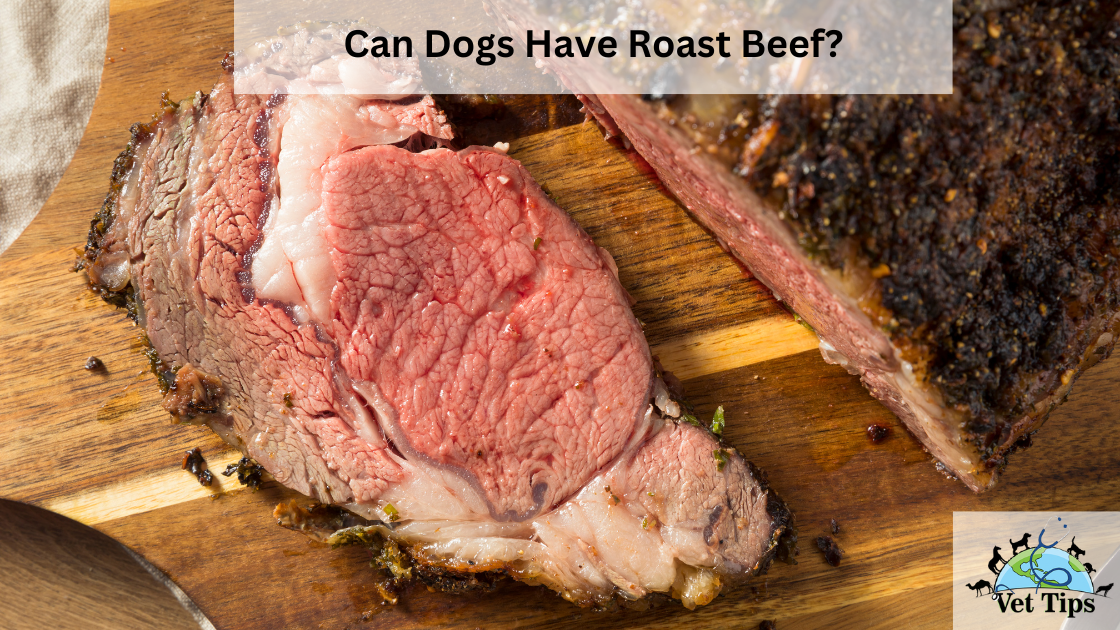Layer cages are an essential component in the humane and productive keeping of hens for the purpose of egg production. These cages offer the benefit of a controlled environment, which not only improves the birds’ quality of life but also enables them to produce more. In this post, we will investigate the Guidelines for Layer Cages, emphasizing how important they are, and talking about the best methods for using them. This post will give you a wealth of useful information, regardless of whether you are a farmer or simply interested in understanding the complexities of chicken farming.
What are Layer Cages?
In a commercial system for the production of eggs, the laying hens are kept in enclosures called layer cages, which are specifically constructed for the purpose. These coops are made up of a number of separate sections, all of which are large enough to house a single hen. The cages are often fabricated from long-lasting materials such as galvanized steel, which ensures that they have a long lifespan and is simple to maintain.
Why are Layer Cages Important?
In comparison to other types of housing systems, layer cages provide a number of advantages. They create a regulated atmosphere, which lowers the danger of disease transmission, cuts down on egg breaking, and makes it possible to efficiently manage waste. In addition, layer cages maximize the use of space, enabling farmers to raise a greater number of chickens in a given space than would otherwise be possible. This is particularly important in contemporary egg production, given the ever-increasing demand for eggs in today’s society.
Guidelines for Layer Cages
When employing layer cages, it is vital to adhere to a set of criteria in order to ensure the hens’ well-being and achieve the highest possible level of productivity from them. Let’s analyze some major considerations:
1. Cage Size and Design
When it comes to the well-being of the hens, the dimensions and layout of the layer cages are of the utmost importance. Each hen should have sufficient space within the cages to comfortably move around, stand, perch, and lay eggs without being crowded. When selecting the correct cage dimensions, it is recommended to follow the industry standards as well as the regulations mandated by the regulatory bodies. The ability of the chickens to engage in natural activities is facilitated by the provision of adequate height and width, which also mitigates the risk of cannibalism and feather plucking.
2. Flooring and Nesting Material
The layer cages’ flooring should be comfortable for the hens and should be built so as to encourage the natural behaviors of the birds. The usage of flooring made of wire mesh is prevalent since it makes it simple to remove garbage and protects eggs from breaking. In addition, providing suitable nesting material for hens, such as straw or wood shavings, encourages the hens to lay their eggs in the designated locations, which lowers the risk of egg contamination and damage.
3. Adequate Lighting and Ventilation
It is critical to the chickens’ health that they have adequate lighting and ventilation in their coop. Maintaining the circadian rhythms of the birds and ensuring they have access to adequate lighting, whether natural or artificial, is essential for successful egg production. Ventilation systems ensure that a steady supply of fresh air is provided, thereby limiting the accumulation of toxic gases and lowering the risk of developing respiratory ailments.
4. Feed and Water Management
The feeders and waterers that are provided in layer cages should be placed in a location that is simple for the hens to reach. It is essential to do routine checks and maintenance on the feed and water supply in order to guarantee that the birds’ dietary requirements will be satisfied. For best egg production and overall health, there should always be access to clean and fresh water, and the diet should be designed to offer the essential nutrients.
5. Health Monitoring and Disease Prevention
It is essential to perform routine checks on the chickens’ health in order to recognize any symptoms of illness or suffering. It is possible to reduce the risk of disease transmission within a flock by instituting a vaccination program and maintaining a high level of biosecurity. Additionally, it is essential to cultivate a working connection with a qualified veterinarian who is able to offer direction for the treatment and prevention of diseases.
More About Guidelines for Layer Cages
Cage benefits
- Birds are easy to maintain. No birds are underfoot.
- The eggs on the floor are eliminated.
- The eggs are clean.
- Culling is expedited.
- Broodiness is eliminated
- In most instances, less feed is needed to produce a dozen eggs.
- More pullets can be placed in the space provided on the floor of the house.
- Internal parasites are eliminated.
- Labor requirements are usually very low
- Improved egg/feed ratio
- Data recording is easy and accurate
Cage Disadvantages
- In comparison to the floor, the per capita investment may be higher.
- High bloodspot percentage in eggs.
- Bones are more delicate, and processors often discount the price of chicken.
Guidelines for Cages
Cages
- The interior must be designed, constructed, and maintained so that there are no sharp edges or protrusions that could cause injury or discomfort.
- McDonald’s requires a minimum of 72 square 2 (465 cm2) cage space and a 4-inch (10.2 cm) per-cage front feeder per bird housed
Lighting
- Minimum 13 hours and a maximum of 18 hours every 24 hours
- Lighting patterns must be recorded and available for review
- Daytime levels of light should be allowed to be inspected without difficulty, and a minimum of 10 lux (0.93 FC) should be maintained throughout the house.
Air quality and temperature control
- Air pollutants should not reach levels that are particularly offensive to observers.
- Natural or forced ventilation systems should be designed to maintain the following air quality parameters at the height of the bird’s head:
- Ammonia 25 ppm
- Carbon dioxide 5000 ppm (0.5%)
- Carbon monoxide 50 ppm
- Inhaled dust <= 5mg / m3 on average more than 8 hours
- (At these levels, where possible, should be automatically recorded and available upon request)
Food and water
Laying Hens will be protected from hunger, thirst, and malnutrition so that they have access to freshwater and a diet to maintain good health. Feed and water should be distributed in such a way that the hen can eat and drink without competition
Food
- Provide adequate nutrition
- Producers must have a written record of feed nutrients and make them available for review upon request.
- Food should not be contaminated
- It is forbidden to use hand-replenished feed track system
Water
- Constant access to clean, fresh drinking water at all times
- Water should not be contaminated
- Minimum one number of water nipples in each cage
- Drinkers will be kept at maximum height and appropriate design
Environment
The environment in which chickens are kept should be designed to protect them from physical and thermal stress.
Buildings check
A checklist should be displayed, which shows:
- Total number of cages
- Average cage size
- Targeted air quality parameters
- Level of light
- Emergency action in case of fire, flood or equipment failure
Conditions are related to floor/litter quality
Floor Disadvantages
- Broodiness is often a problem causing factor in floor production housing.
- Characterized by hen wanting to build a permanent nest and begin “setting
- The main issues in floor housing are
- parasitic disorders.
- outbreak and spreading of cannibalistic pecking.
- increased feed intake.
- misplaced eggs.
- catching of spent hens
- air quality (dust and ammonia levels).
Floor production
- They are designed for egg-type or broiler-type birds laid for fertile or infertile eggs.
- This method is used in commercial herds when hatching requires fertile eggs.
- Three inches of dirt in the nests and 4 to 6 inches of dirt on the floor.
FAQs: Guidelines for Layer Cages
In order to provide you with a deeper and more comprehensive understanding of layer cages, the following questions have been commonly asked:
Are layer cages cruel to hens?
Hens have access to a secure and pleasant environment within their cages so long as the cages are constructed and handled appropriately. They reduce the likelihood of being eaten by predators, catching diseases, and engaging in cannibalism. However, it is essential to comply to the standards and laws in order to guarantee that the hens’ well-being is not jeopardized in any way. In order to quickly resolve any concerns that may arise, routine inspections and monitoring should be carried out.
Do layer cages affect egg quality?
When correctly designed and maintained, layer cages have the potential to really improve the quality of the eggs produced. Because of the sterile and controlled atmosphere, there is little chance of the eggs becoming soiled or broken. In addition, the nesting areas that are provided in layer cages give the hens a specific position in which to deposit their eggs. This reduces the likelihood that the eggs will be laid in an undesired location.
Can hens exhibit natural behaviors in layer cages?
Yes, it is possible to construct layer cages in such a way that hens can engage in their natural behaviors. Hens are able to participate in behaviors such as scratching, perching, and nesting since appropriate space, perches, and nesting places have been provided for them. It is essential to place a high priority on the chickens’ well-being and make certain that the cage system allows them to engage in their normal behaviors as much as possible.
Are there alternative housing systems to layer cages?
There are, in fact, other ways of keeping hens, such as free-range and enriched colony systems, which provide the hens more room to walk around and greater autonomy over their environment. Nevertheless, each method has its own distinct benefits and points to consider. When deciding on the best housing system for egg production, it is vital to take into consideration a variety of criteria, including the size of the flock, the availability of land, and the restrictions in the surrounding area.
How often should layer cages be cleaned?
Routine cleaning of layer cages is necessary to provide proper hygiene and reduce the risk of disease transmission. The number of chickens, the type of flooring, and the atmosphere in the surrounding area are some of the variables that determine how frequently cleaning should be done. It is recommended that the cages be disinfected on a regular basis and that the manure be removed from them daily.
Are there specific regulations governing the use of layer cages?
Yes, there are regulations and guidelines set by agricultural authorities and animal welfare organizations to ensure the proper use of layer cages. These restrictions address things like the minimum size of cages, the minimum amount of ventilation, the minimum amount of lighting, and the minimum requirements for animal care. It is essential for farmers and producers to become knowledgeable of these regulations and to take steps to guarantee that they are complied with.
Tell us in the comments, how you like our article, “Guidelines for Layer Cages”
For similar posts like this, click here.
For source file, click here.






4 thoughts on “Guidelines for Layer Cages”